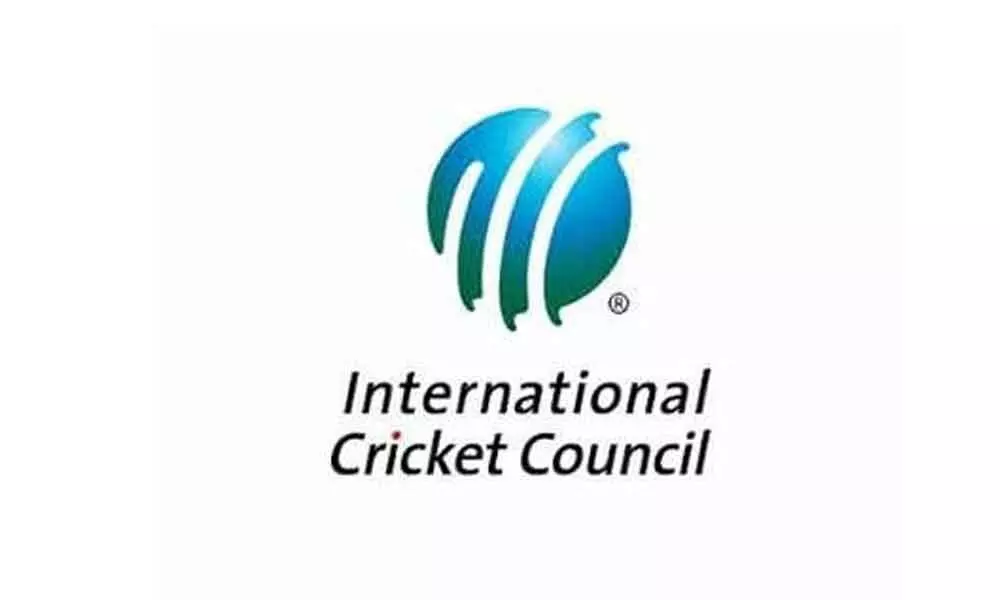Live
- Vemulawada Temple Development: Does the TG Endowments Minister want to write her own Agama Shastras for temples?
- Coop banks play key role in economic development
- TTD EO visits Sringeri Sarada Peetham
- Automobile loading using NMG rakes commences
- 555th Prakash Purab celebrated with gaiety
- Good news for Atmakur farmers
- High-risk aortic valve replacement surgery performed successfully
- HMWSSB MD holds review meeting on OTS-2024 scheme
- Dhobi Ghat assessed for potential to host sports complex
- SCR bets on LHB train coaches for safety
Just In
Third umpire to call front foot no balls in India-WI series: ICC


The ICC has confirmed that the forthcoming T20I and ODI series between India and West Indies will be contested trialing technology to call front foot no-balls.
New Delhi : The ICC has confirmed that the forthcoming T20I and ODI series between India and West Indies will be contested trialing technology to call front foot no-balls.
Speaking to IANS, BCCI joint secretary Jayesh George had earlier confirmed the same and said: "Yes, it is a work in progress. IPL has always stood for innovation.
Our endeavour is to make sure that every season of the IPL sees new technology come in and helps in progress of the game. More importantly, why should a player suffer if technology can help erase the issue?
"In the past, we have seen that the front foot no-ball is a grey area and I am of the view that technology which can help in detecting front foot no-balls can be put to use. Massive testing is being done and will continue in the West Indies series as well," he explained.
The cameras used for checking run outs by the third umpire are the ones that are being used for the process and it is clicking 300 frames per second. This frame then can be zoomed into as per the wish of the operator.
As per ICC, throughout the trial, the third umpire will be responsible for monitoring every ball bowled and identifying whether there has been any front foot infringement.
If there has been an infringement on the front foot, the third umpire will communicate this to the on-field umpire who will subsequently call a no-ball. As a result, the on-field umpire will not call a front foot no-ball without the advice of the third umpire.
It's important to note that any benefit of the doubt lies with the bowler, and if a late no ball call is communicated, then the On-Field Umpire will rescind a dismissal (if applicable) and call no ball.
The On-Field Umpire will remain responsible for other in-game decisions in the usual way.
The outcomes of the trial will be used to gauge whether the system has a beneficial impact on the accuracy of no ball decisions and whether it can be implemented while minimising disruption to the flow of the game.

© 2024 Hyderabad Media House Limited/The Hans India. All rights reserved. Powered by hocalwire.com






